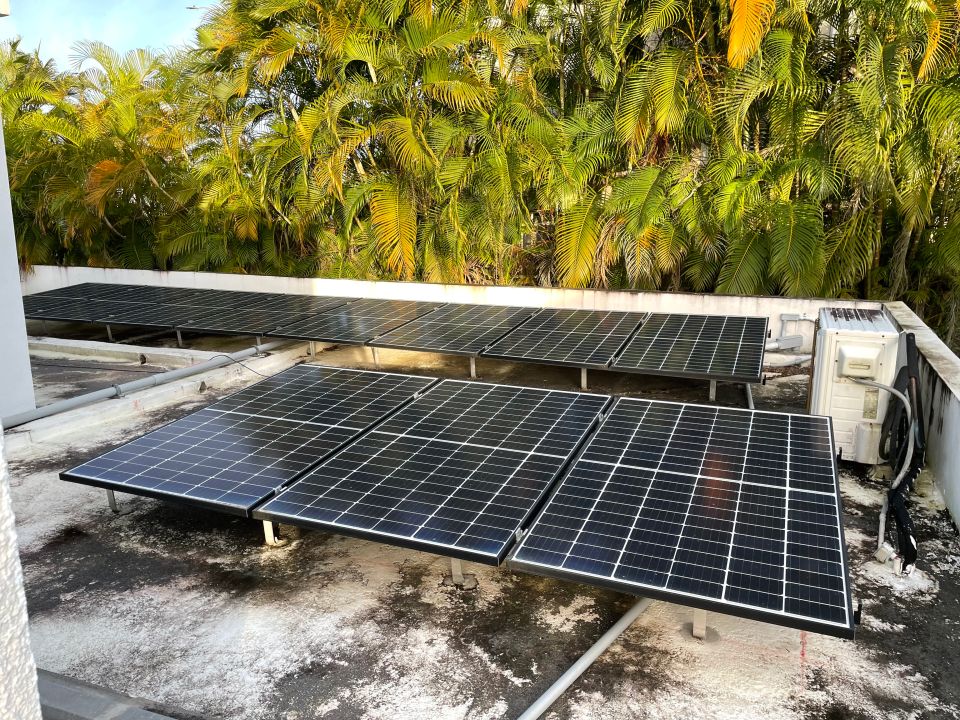- Puerto Rico adopted laws to achieve 40% clean energy by 2025 and 100% by 2050
Five years have passed since Hurricane Maria devastated Puerto Rico. But after Fiona hit the archipelago with unprecedented torrential rains and strong gusts of wind, it’s as if we’re still living in September 2017.
After the crises generated by both cyclones, it is more than evident to make a change in the obsolete and centralized energy network that continues to demonstrate its inability to face the challenges of climate change in our country. Solar power and rooftop storage can provide four times more energy than is needed at a much lower cost than electricity generated by imported and unreliable fossil fuels, while also withstanding storms or earthquakes that hit our geography. Reports show that a growing number of Puerto Ricans were able to weather Fiona thanks to privately installed rooftop solar systems, while millions remain without power and exposed to heat advisories amid a water shortage. To make matters worse, explosions from unsafe power generators have caused deaths.
For years, Puerto Ricans around the archipelago have told government agencies that these blackouts could be avoided if FEMA and the Puerto Rico Electric Power Authority (PREPA) used the $14 billion already allocated to reform the archipelago’s electrical system and strengthen solar energy on roofs and storage for millions of us. Ignoring our voices, PREPA and the private consortium LUMA, based in the US and Canada, continue to burn highly polluting oil, gas and coal to electrify our territory, while FEMA has done little to intervene.
Relying on outdated energy sources that pollute our environment and harm our health is short-sighted and cruel. In an interview with CNN, former FEMA administrator Craig Fugate said the most important lesson since Maria is “not to go back to the same old thing,” adding that “we have to focus on making the investments in what we’re going to rebuild and how we’re going to rebuild.” rebuild. Because the climate has changed, we haven’t caught up in the way we’ve been rebuilding and developing.”
Puerto Rico adopted laws to achieve 40% clean energy by 2025 and 100% by 2050, but this goal will be unattainable as long as local authorities and unscrupulous businessmen ignore climate change at the cost of Puerto Rican lives. FEMA does nothing to stop them, instead channeling historic amounts of funds to build a resilient network. My neighbors are tired of staying in the dark.
I know I speak for so many Puerto Ricans in demanding that FEMA and President Joe Biden take immediate action to fund rooftop solar and storage, as the vast majority would not be able to afford it without federal support. The administration has often spoken out about climate change and environmental injustice, so this is an opportunity to turn those words into bold action with the help of the sun, an endless source of energy.
Ruth Santiago is an environmental health advocate based in Puerto Rico. She is on the Earthjustice board of directors and the White House Environmental Justice Advisory Council.

